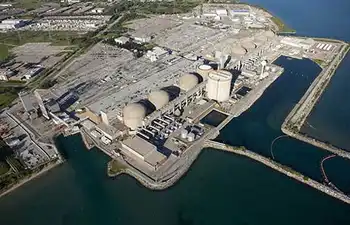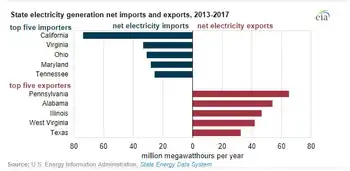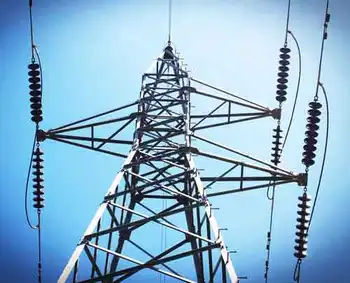More wind power on the horizon
AUSTRALIA - Roaring 40s, a joint venture between Australia-based Hydro Tasmania and Hong Kong-based CLP Power Asia, signed an agreement with the State-owned Shenhua Group to build wind power generation facilities in China.
The deal is worth 1.8 billion yuan (US$222 million).
China, which is encouraging renewable energy options to reduce its heavy reliance on oil and coal, plans to build wind power facilities of 5,000 MW by 2010.
The aim is to increase that to 30,000 MW by 2020, the National Development and Reform Commission (NDRC) has said.
Roaring inked an accord recently in Australia with Guohua Electric Power, the power generation subsidiary of China's biggest coal producer Shenhua.
The deal will be clinched during Premier Wen Jiabao's visit to Australia starting this weekend, as part of the partnership pact between the two nations in energy and resources, said Mark Kelleher, managing director of Roaring.
"Our initial target with Guohua is 150 megawatts (MW) (of wind power facilities in China)," Kelleher said, speaking on the sidelines of a renewable energy summit in Beijing.
Of the total investment, one-third 600 million yuan (US$74 million) will be shared by both companies' equities.
The rest, 1.2 billion yuan (US$148 million) will be in the form of loans from Chinese banks, he added.
Roaring's first joint wind power project with Guohua will be located in Rongcheng in East China's Shandong Province, with a capacity of 50 MW, the director said. It is expected to start generating electricity next year.
The remaining 100 MW will be built in two other places, with one possibly being Hulunbeier in the northern Inner Mongolia Autonomous Region, said Kelleher.
"We are looking at a number of places in China, and our target by 2010 in this country is 500-1,000 MW, as the leading foreign wind power developer," the managing director said. "We are committed to the Chinese market in the long-term, which is expected to account for half of our global portfolio."
A Shenhua spokesman said he was not aware of the possible deal, only saying the firm is now developing wind farms in Zhangjiakou, about 200 kilometres northwest of Beijing.
Roaring has already signed an agreement with Beijing-based China Datang Corp to build a 49.3-MW wind farm in Shuangliao of Northeast China's Jilin Province, which is scheduled to start operating in October, Kelleher said.
From the start of this year China enacted its first renewable law as the major legal framework to push the use of renewable sources, mainly for power generation.
The new law has attracted an increasing number of both domestic and foreign investors, eager to cash in on the market.
China Longyuan Electric Power Group Corp owned by China Guodian, a major player in wind power market, plans to build wind power facilities of 2,000 MW in capacity by 2010 and 6,000 by 2020, Zhang Yuan, vice-president of the company said yesterday. It had 430 MW by the end of last year.
The Chinese Government now uses competitive bidding to decide on electricity tariffs produced by wind farms, a policy criticized by many industry insiders who said the market is in its infancy and should be encouraged by higher fixed tariffs.
Wu Guihui, deputy director of the NDRC's energy bureau, the country's top energy industry regulator, said the bidding policy was more market-based and was working well now, although there had been problems earlier.
"Any developer, domestic or foreign, big or small, is equal in the eyes of industry policy," Wu said.
Related News

Pickering NGS life extensions steer Ontario towards zero carbon horizon
TORONTO - In a pivotal shift last month, Ontario Power Generation (OPG) revised its strategy for the Pickering Nuclear Power Station, scrapping plans to decommission its six remaining reactors. Instead, OPG has opted to modernize four reactors (Pickering B Units 5-8) starting in 2027, while Units 1 and 4 are slated for closure by the end of the current year.
This revision ensures the continued operation of the four 515 MW Canada Deuterium Uranium (CANDU) reactors—originally constructed in the 1970s and 1980s—extending their service life by at least 30 more years. These units are instrumental in generating 14% of Ontario’s electricity,…




